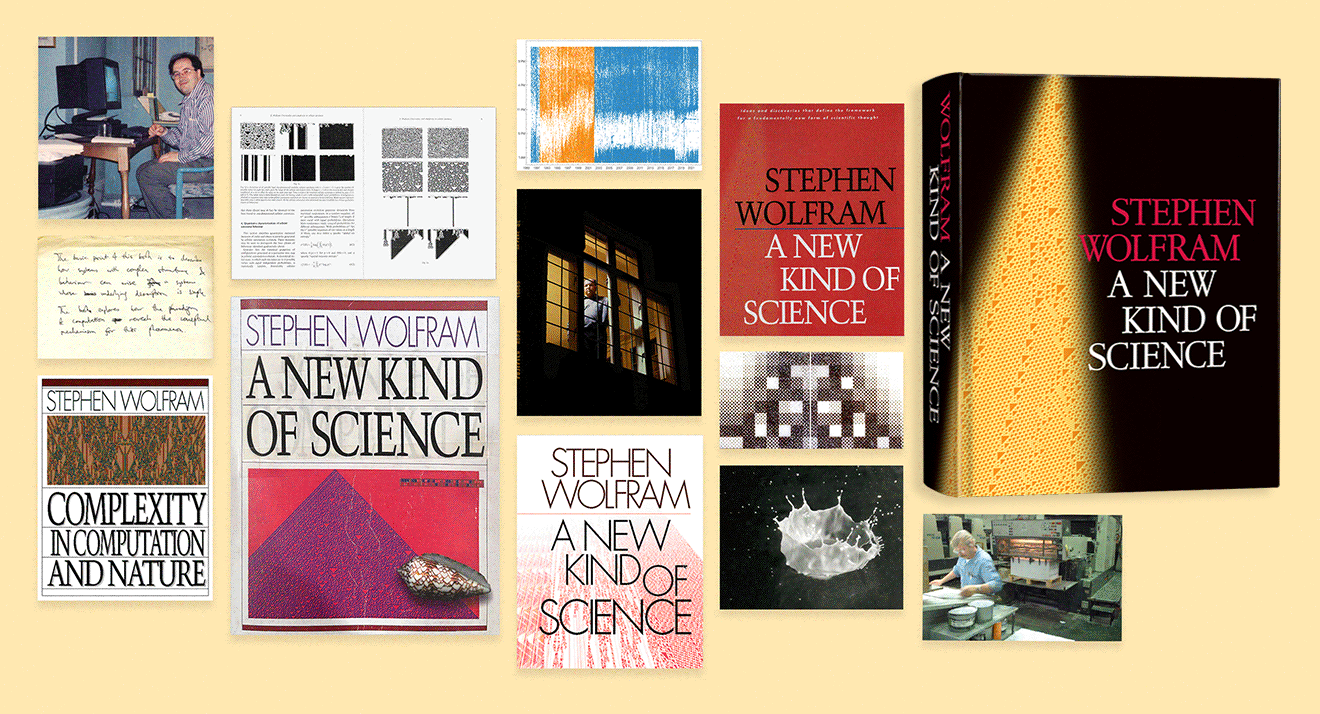The Nature of Alien Intelligence
“We’re going to launch lots of tiny spacecraft into interstellar space, have them discover alien intelligence, then bring back its technology to advance human technology by a million years”. I’ve heard some pretty wacky startup pitches over the years, but this might possibly be the all-time winner.
But as I thought about it, I realized that beyond the “absurdly extreme moonshot” character of this pitch, there’s some science that I’ve done that makes it clear that it’s also fundamentally philosophically confused. The nature of the confusion is interesting, however, and untangling it will give us an opportunity to illuminate some deep features of both intelligence and technology—and in the end suggest a way to think about the long-term trajectory of the very concept of technology and its relation to our universe.
Let’s start with a scenario. Let’s say one of the little spacecraft comes across a planet where it sees complicated swirling patterns:
Continue reading







